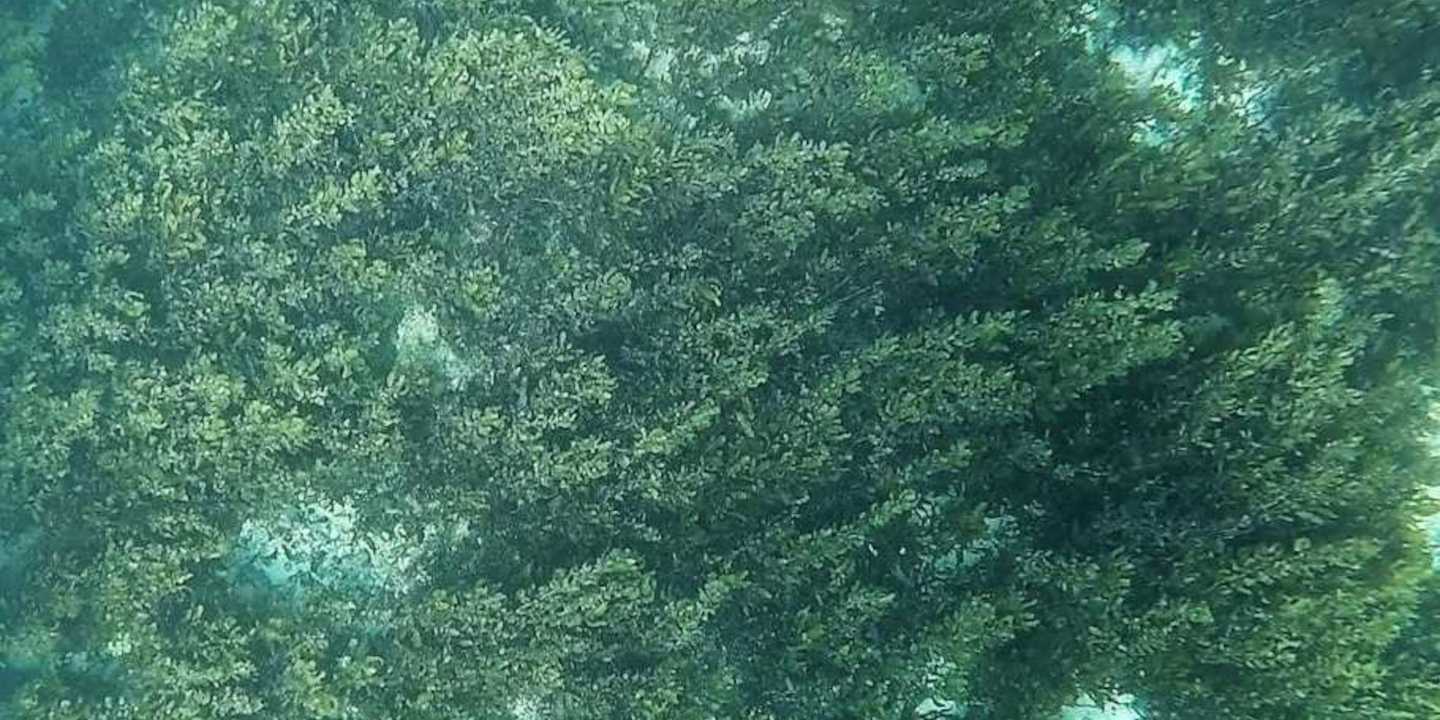Did you know that shade sails (yes, the ones around hotel pools or your neighbour’s patio) can be used to assist coral reef recovery?
First, a quick look into the glass ball:
Tropical coral reefs are changing. Some researchers suggest that modern tropical reefs could take the shape of habitat mosaics. Each patch of the mosaic are small patch-habitats of different regime types (e.g. coral-, sponge-, or algae-dominated) that coexist next to each other. With proper spatial and compositional management of these mosaics, this could present an opportunity to tropical reef stakeholders to maximise ecosystem function and socioeconomic contributions by reefs. For that to work, the patches need to be well connected and those of a certain type (e.g. coral-dominated) cannot be too far apart from each other.
Second, the problem:
Fleshy seaweed (or macroalgae) can seriously compromise the function of tropical reef habitat mosaics because of their ability to rapidly expand and limit patch connectivity. Macroalgae can maintain and increase their dominance so well because of effective self‐reinforcing feedback loops. For example, macroalgae can form dense beds, supressing coral settlement and grazing by herbivores. As you would expect, reduced competition by corals and reduced grazing by herbivores quickly leads to the expansion of the macroalgal beds, closing the loop.
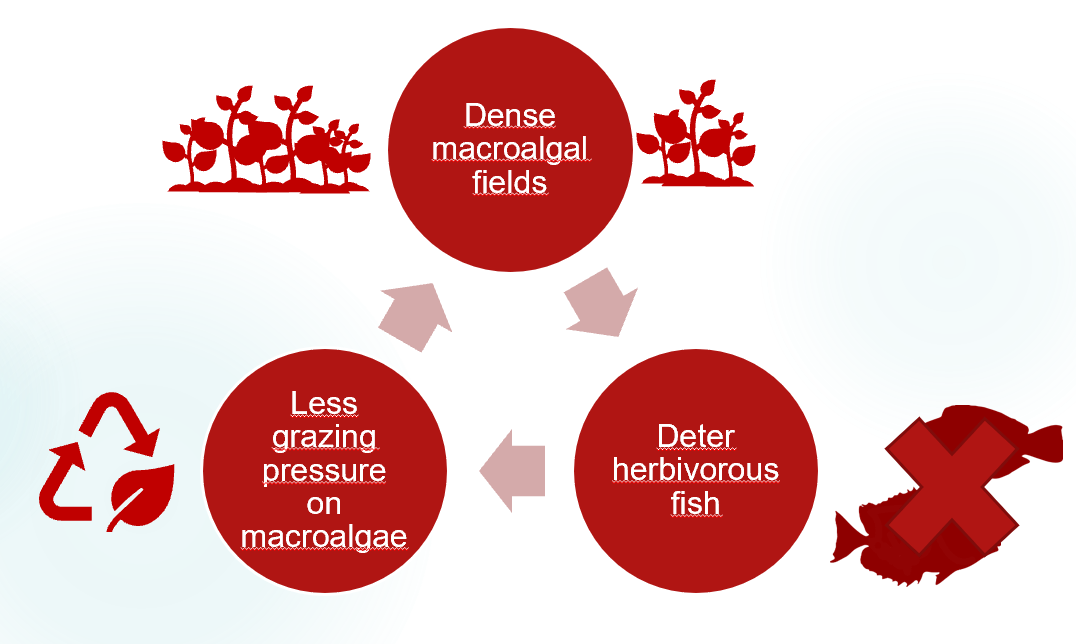
What we did:
We tried to interrupt these macroalgal feedback loops by breaking open those continuous macroalgal beds. We were hypothesising that this would reintroduce grazing to the opened up areas. So, we used submerged shade sails of two sizes (4 m² and 9 m²) to shade dense macroalgal beds for six weeks and recorded changes to the underlying seabed. We also recorded the grazing rates by herbivorous fishes.
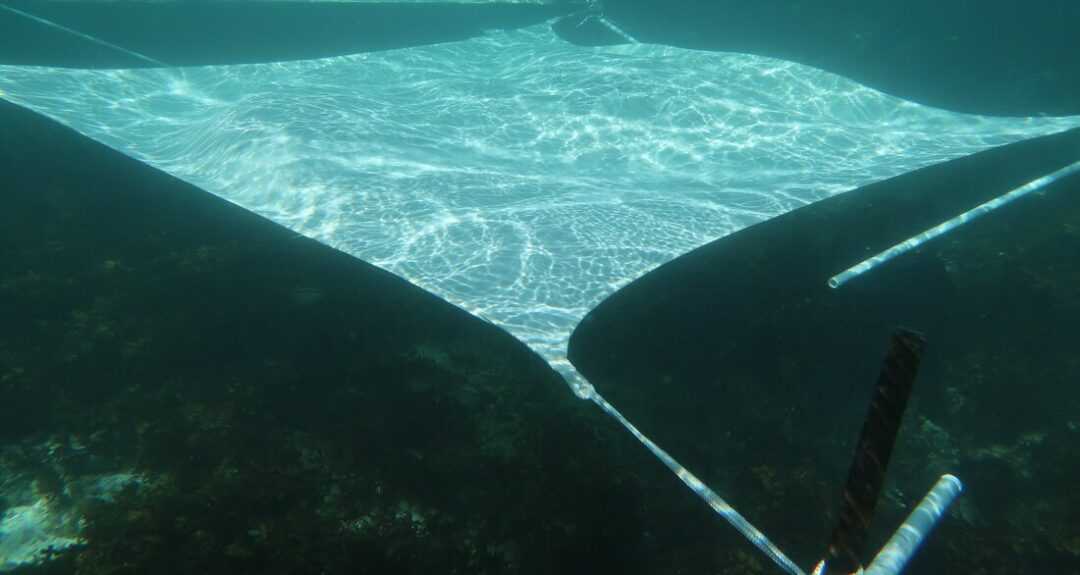
As expected since macroalgae are plants, the shade sails reduced the algae’s ability to photosynthesise by 29%.
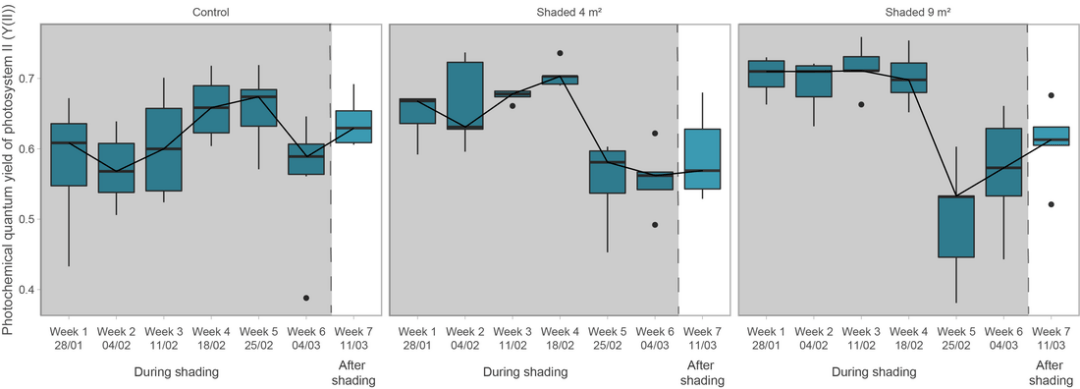
Good news, the macroalgal feedback loop was weakened: After six weeks, macroalgal cover was reduced by 24% under small sails and by 51% under large sails.
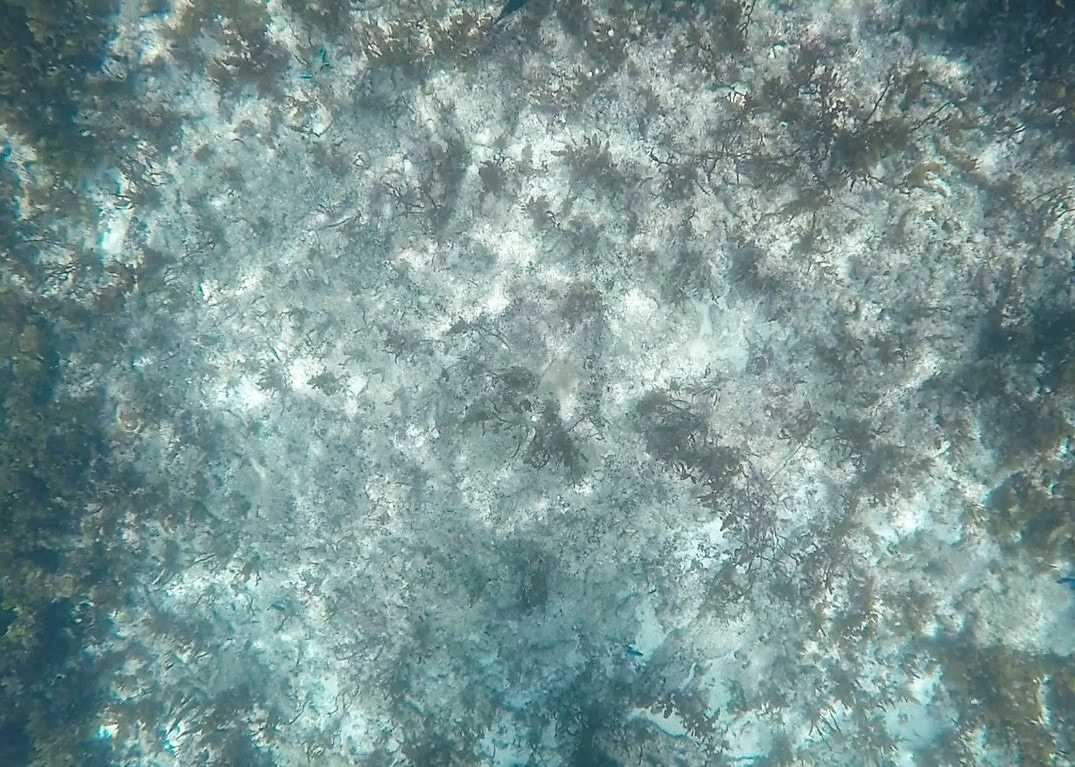
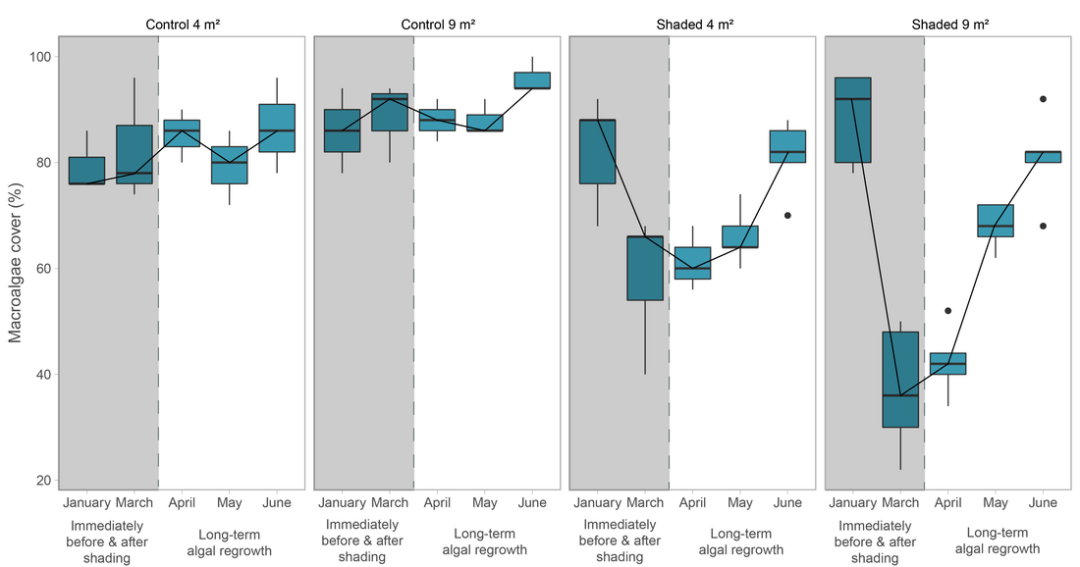
More good news: turf algal growth (smaller algae that can very quickly colonise open space on reefs) was effectively halted. Small shade sails reduced turf algal growth by 23%, while large sails reduced growth by 82%.
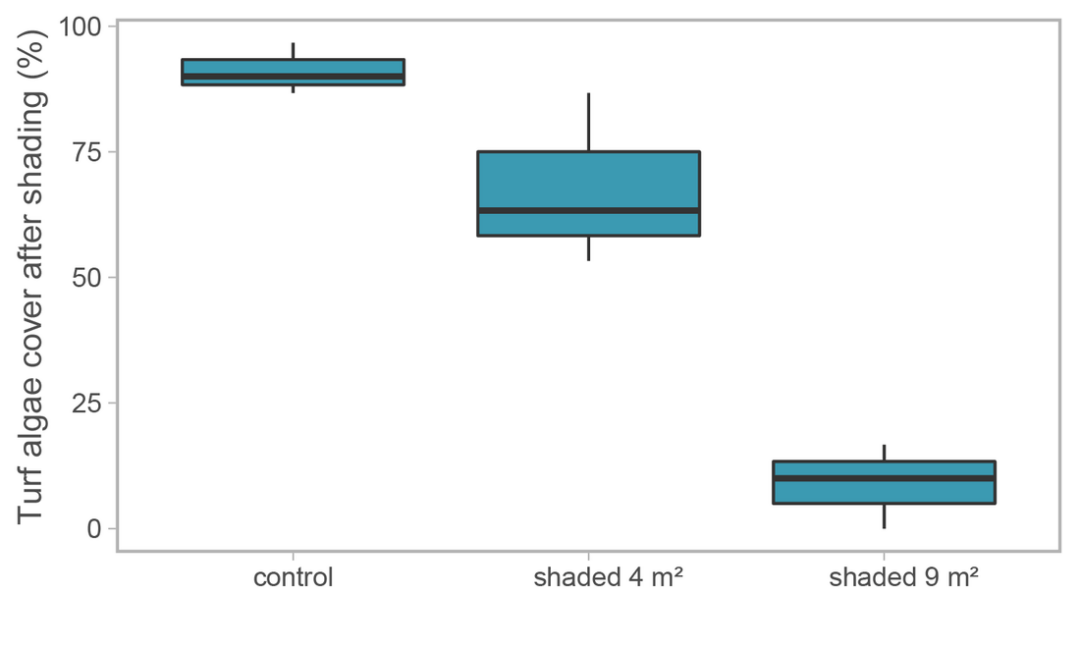
So far so good, but did the grazing pressure return? Three months after removal of the shade sails, algal beds had almost completely regrown. So no, herbivory did not return effectively.
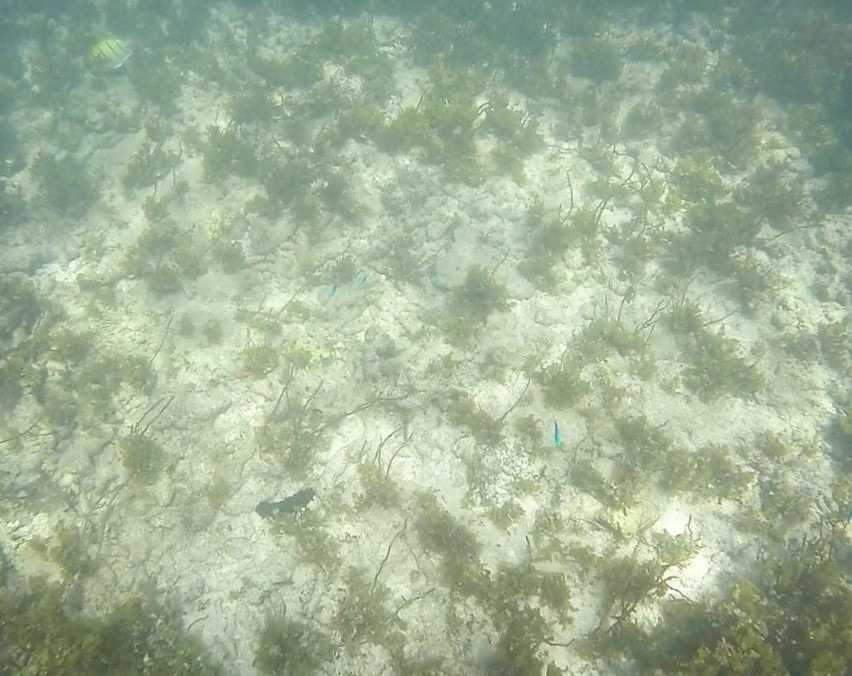
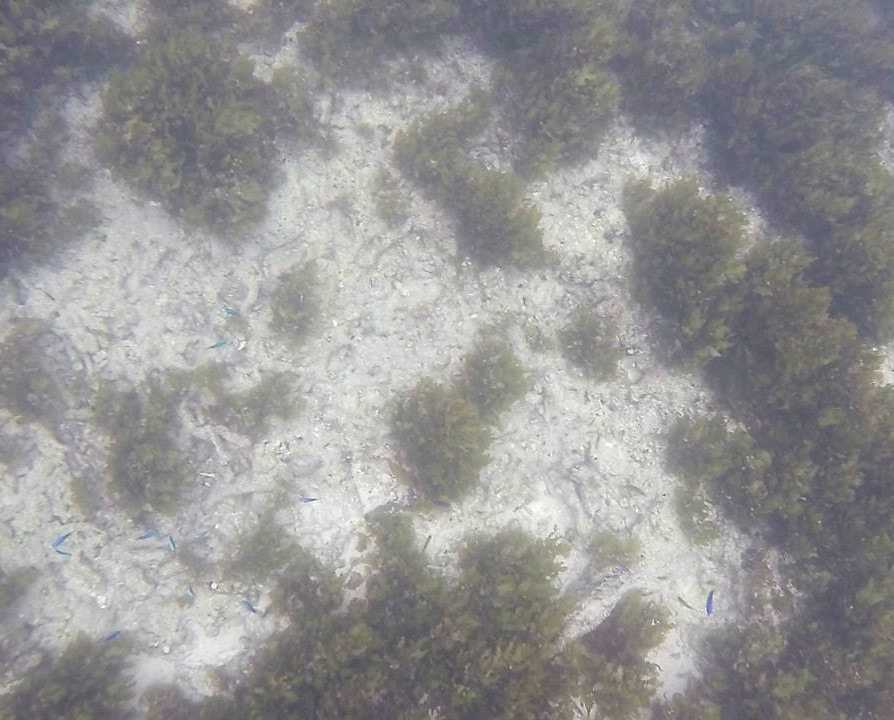
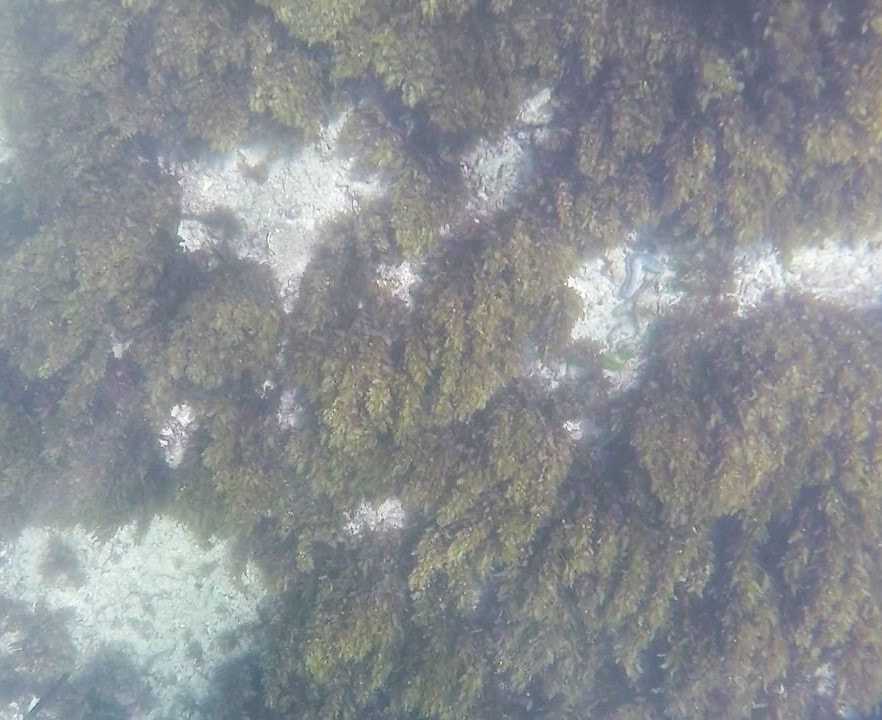
During this regrowth period, herbivore bites taken from the experiment’s substrates were recorded, with grazing impact reducing significantly with time.
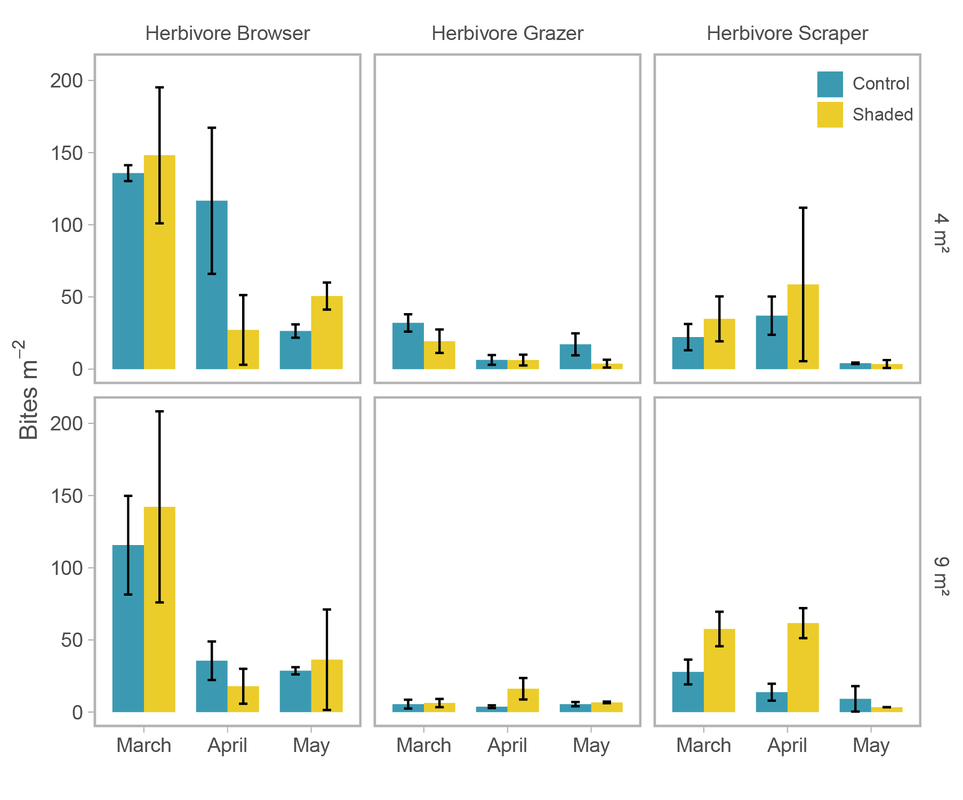
Although it did not fully achieve the disired outcome, our study is the first to achieve macroalgal reduction via the alteration of the light regime and shows that macroalgal feedback loops can be weakened. While macroalgae regrew in this relatively short‐term experiment, shading may be a viable reef management approach that aims to maximise habitat mosaics on coral reefs, particularly if used in combination with other intervention methods.
Dajka, J‐C, Beasley, V, Gendron, G, Barlow, J, Graham, NAJ. (2021) Weakening macroalgal feedbacks through shading on degraded coral reefs. Aquatic Conserv: Mar Freshw Ecosyst. 2021; 1– 10.
The full paper here.
